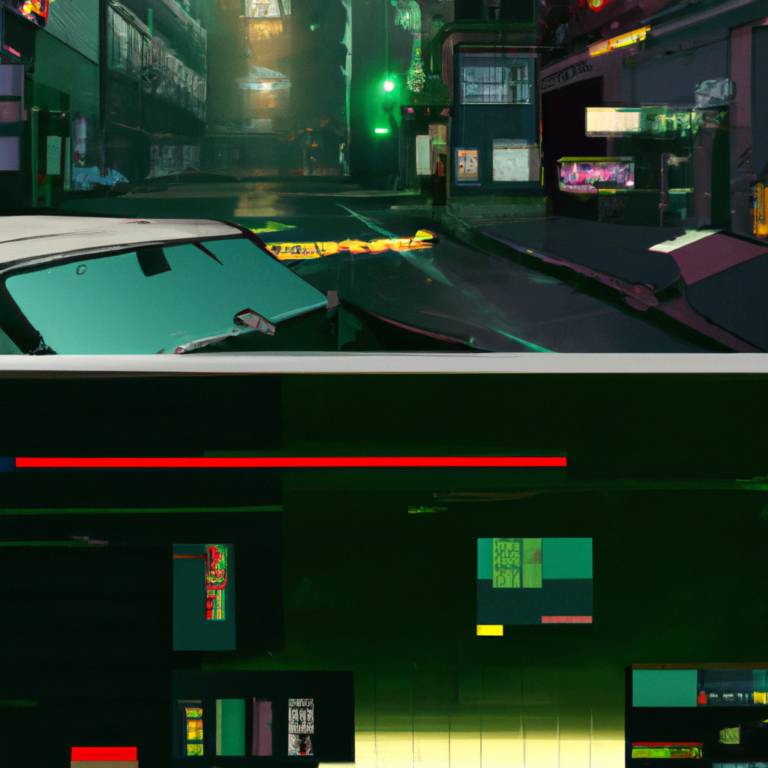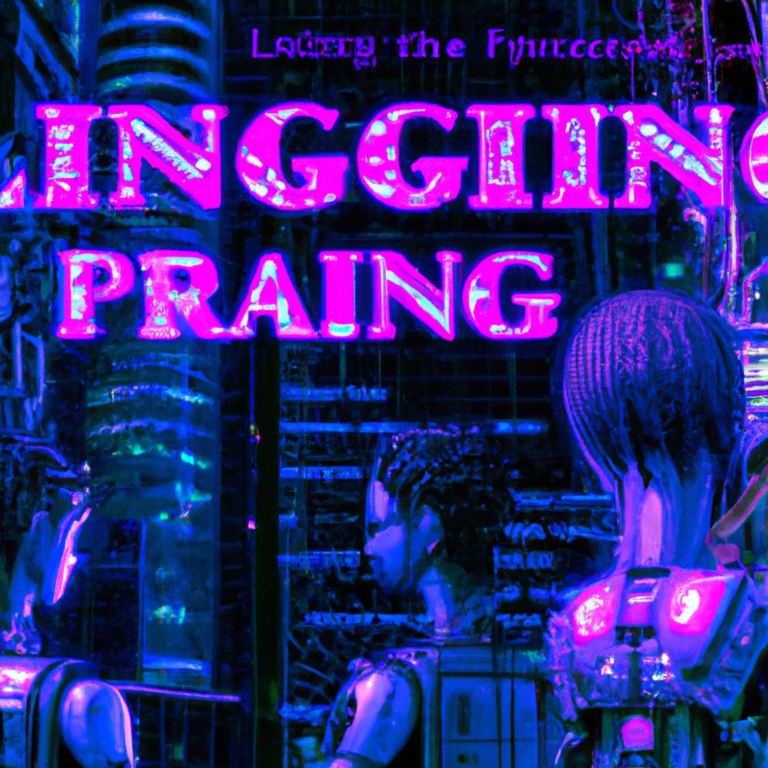“Mastering the Art of Engaging Non-Linear Narratives in Video Games: A Comprehensive Guide”
Creating engaging non-linear narratives is one of the most exciting and challenging aspects of video game design. Non-linear narratives allow players to explore game worlds in their own way, making choices that impact the story and create a unique gaming experience. While linear narratives have their place in the gaming world, non-linear storytelling can provide a richer, more immersive experience for players. Here are some tips for creating engaging non-linear narratives in video games.
1. Develop Dynamic Characters: One of the most critical aspects of creating an engaging non-linear narrative is having interesting, well-rounded characters with unique backgrounds, motivations, and personalities. Dynamic characters that change and grow based on the player’s choices help create a more immersive experience and encourage players to explore different story paths.
2. Provide Meaningful Choices: Non-linear narratives thrive on meaningful choices that have tangible consequences. Ensure that the player’s choices impact the direction of the story, whether it be in small, subtle ways or in more significant, life-altering events. When players see the results of their decisions, they are more likely to feel invested in the story and characters.
3. Create Branching Story Paths: Develop branching story paths that allow players to explore different outcomes based on their choices. Offering multiple paths and endings encourages replayability and keeps players engaged, as they strive to discover all potential outcomes. Be careful not to make these paths too convoluted – the narrative should still be coherent and easy to follow, even with multiple branches.
4. Utilize Environmental Storytelling: Non-linear narratives can benefit from environmental storytelling – using the game world itself to convey information and add depth to the story. This can be achieved through in-game objects, locations, and visual cues that provide background information about the game’s world, lore, and characters. Environmental storytelling can help create a more immersive experience and encourage players to explore the game world.
5. Encourage Player Agency: One of the most important aspects of non-linear storytelling is giving players the sense of agency – the feeling that their actions and choices matter and have a real impact on the game world. Encourage player agency by designing gameplay mechanics that allow for multiple solutions to problems and reward players for creative thinking.
6. Balance Freedom and Structure: While non-linear narratives offer players more freedom to explore and shape their own story, it is essential to strike a balance between freedom and structure. Giving players too much freedom can lead to a disjointed narrative that lacks cohesion, while too much structure can make the game feel too linear. Find a balance that allows players to explore and make choices while still maintaining a coherent storyline.
7. Test and Revise: The development of a non-linear narrative is an iterative process. As you create branching story paths and make decisions about character development, gameplay mechanics, and the game world, be prepared to revise and adjust your narrative based on playtesting feedback. Listen to your players and use their input to refine your narrative, ensuring a more engaging and enjoyable experience for all.
In conclusion, creating engaging non-linear narratives in video games requires a careful balance of dynamic characters, meaningful choices, branching story paths, and immersive environmental storytelling. By focusing on these aspects and being open to player feedback, you can create a captivating non-linear narrative that will keep players coming back for more.







